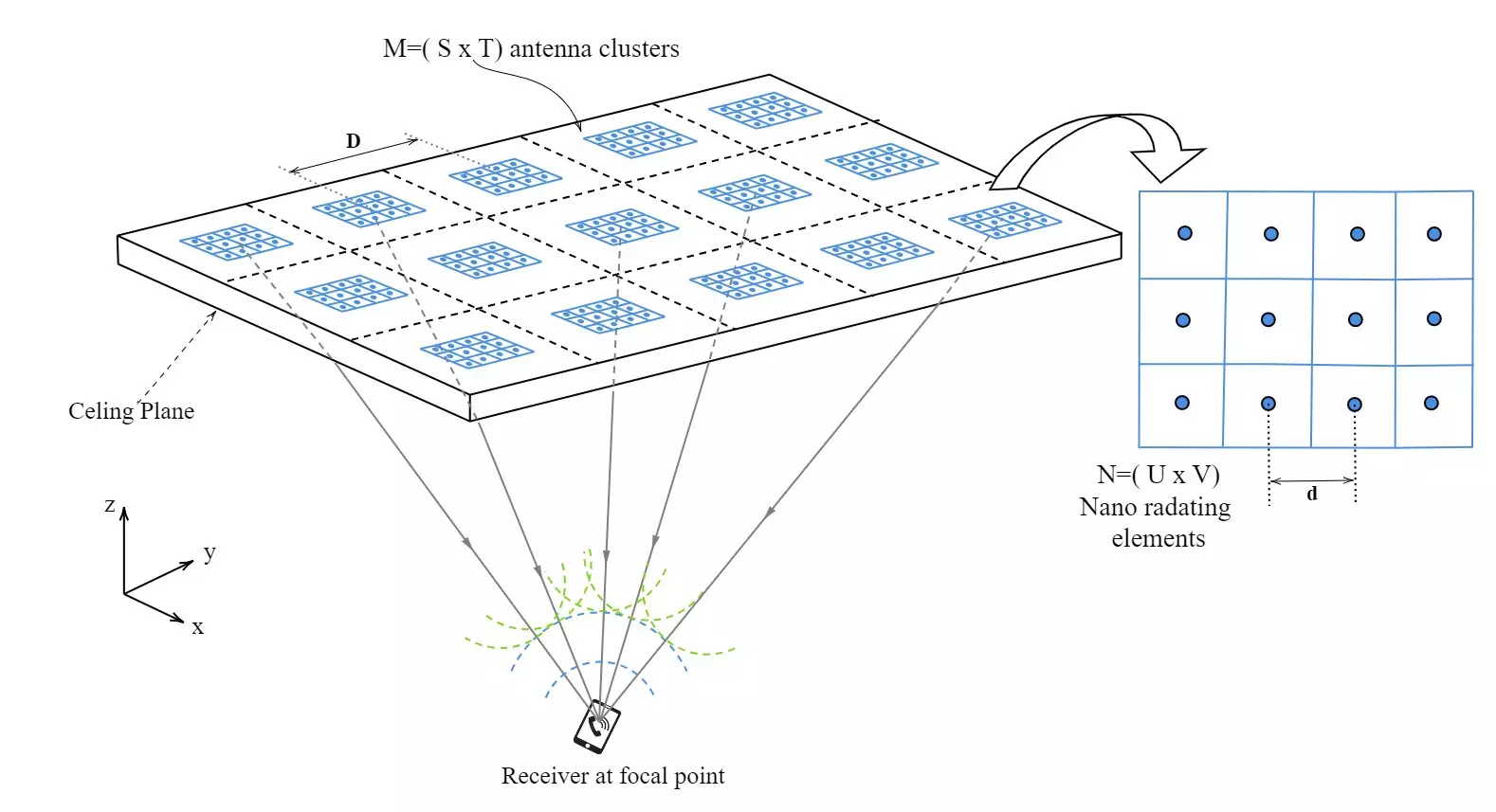In an era where data consumption is escalating exponentially, the demand for efficient and reliable wireless communication has never been more pressing. Traditional radio frequency (RF) technologies such as Wi-Fi and Bluetooth are starting to falter under the weight of this increased demand. Users often face limitations related to bandwidth and signal interference, leading to a pressing need for innovative solutions. Enter Optical Wireless Communication (OWC), a burgeoning field that presents a compelling alternative, harnessing the power of light to meet and surpass current communication challenges.
Our research explores the integration of infrared (IR) technologies to provide an advanced solution for indoor wireless communication. We are not just rehashing old ideas; instead, we are introducing a game-changing approach that aims to resolve significant issues that have beleaguered conventional RF systems. Published in the esteemed IEEE Journal of Lightwave Technology, our findings spotlight an innovative architecture rooted in the principle of a “phased array within a phased array.” This ambitious technical concept borrows from quantum mechanics, specifically the superposition principle, where particles exist in multiple states simultaneously. In a similar manner, the system we developed employs arrays of smaller optical antennas that interact synergistically to radiate a finely tuned IR signal.
A key advantage of our system lies in its design—rather than relying on a single transmitter, which is susceptible to signal blockage and interference, we utilize multiple clusters of transmitting units. This redundancy allows for a more stable and reliable signal, especially in challenging environments where traditional systems might falter. The interplay of these clusters ensures that the communication remains clear, fostering a dependable link regardless of obstructions or varying conditions. What sets our model apart is the implementation of dual transmission wavelengths that enhance both focus and stability. This two-pronged approach elevates the overall performance, enabling outstanding accuracy in beam delivery while simultaneously minimizing the potential for signal degradation.
Beyond merely improving signal quality, our system champions energy efficiency, an increasingly important factor in sustainable technology. Our design utilizes an Ant Colony Optimization (ACO) algorithm, a novel solution inspired by the hunting efficiency of ants. This algorithm ensures that only the essential clusters are activated during transmission, akin to switching off unneeded lights in a building. Traditional wireless systems often engage the entire network, wasting valuable energy resources. In sharp contrast, our ACO-driven method dramatically cuts energy consumption by selectively deactivating underutilized clusters, resulting in lower operational costs and a minimized ecological footprint.
The potential applications for our advanced optical communication system are vast and varied. From healthcare settings, where accurate and secure data transfer is paramount, to industrial and office environments requiring consistent connectivity, the influence of our research can permeate numerous sectors. Our phased array design is also adaptable, not confined to infrared wavelengths; the foundational principles can extend to other frequencies, allowing for scalability as technology progresses.
Ultimately, this research is not merely about achieving faster data transfer rates. It is fundamentally about transforming how we communicate and connect in our modern world. As we inch closer to a reality filled with smarter, more sustainable technologies, the refinement of wireless networks through optical communication holds monumental promise. The doors our findings are opening may redefine efficiency, reliability, and sustainability in wireless networks, heralding a new age of communication.
As we continue to explore these possibilities, one thing remains clear: the potential for OWC is vast, and its significance in shaping the future of indoor communication is undeniable. The age of optical communication is upon us, and with it comes an exciting journey toward a more connected future.


Leave a Reply